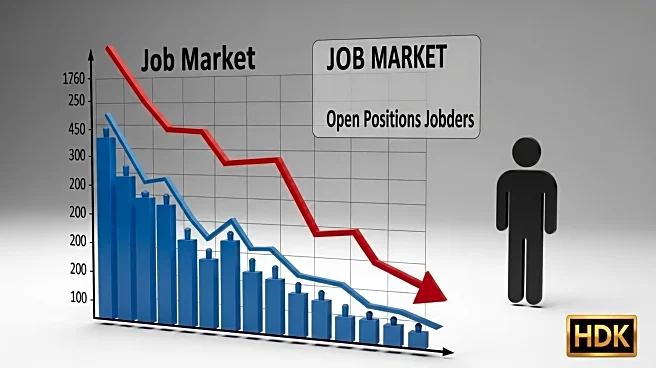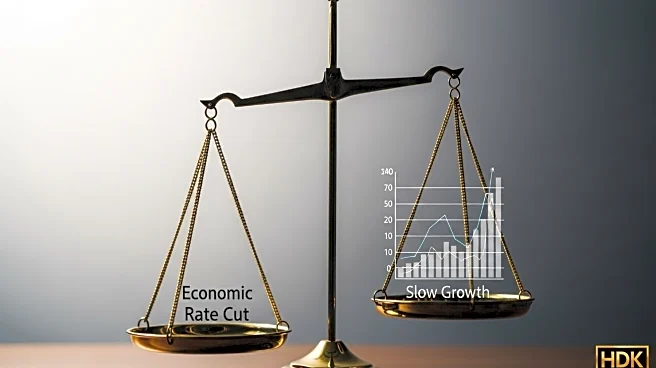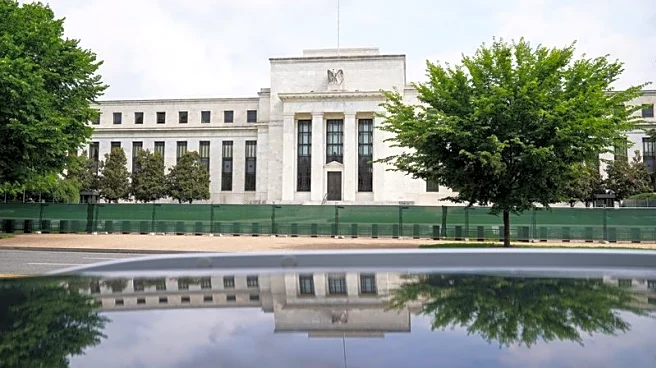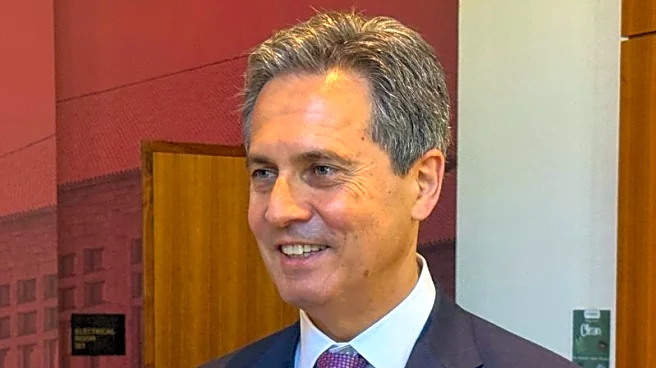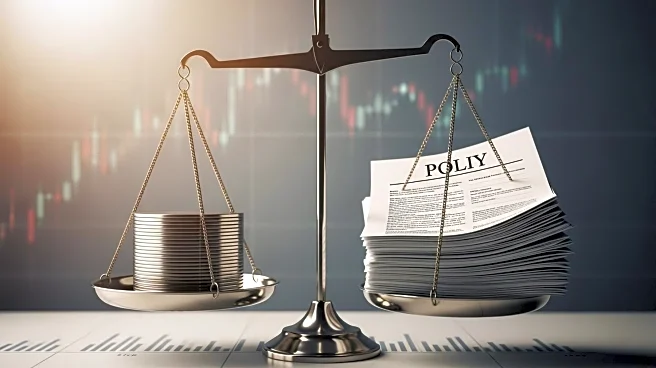What's Happening?
The U.S. labor market experienced a slowdown in August, with job growth at 22,000, down from 79,000 in July. The unemployment rate increased to 4.3%, the highest since 2021. The Department of Labor revised June's job growth to a decline of 13,000, marking the first decrease since 2020. The weak data has prompted President Trump to call for interest rate cuts by the Federal Reserve, as businesses face challenges due to tariffs and economic uncertainty.
Why It's Important?
The slowdown in hiring and rising unemployment rate signal potential economic challenges for the U.S., impacting consumer confidence and spending. The labor market's performance is closely watched for its influence on Federal Reserve interest rate decisions, with potential implications for monetary policy. Businesses may face increased pressure to adapt to changing economic conditions, affecting investment and growth strategies.
What's Next?
The Federal Reserve may consider interest rate cuts to stimulate economic activity and address labor market concerns. Businesses will need to navigate tariff-related uncertainties and adjust their hiring and operational strategies. The labor market's performance will continue to be a key indicator for economic health, influencing policy decisions and market expectations.



